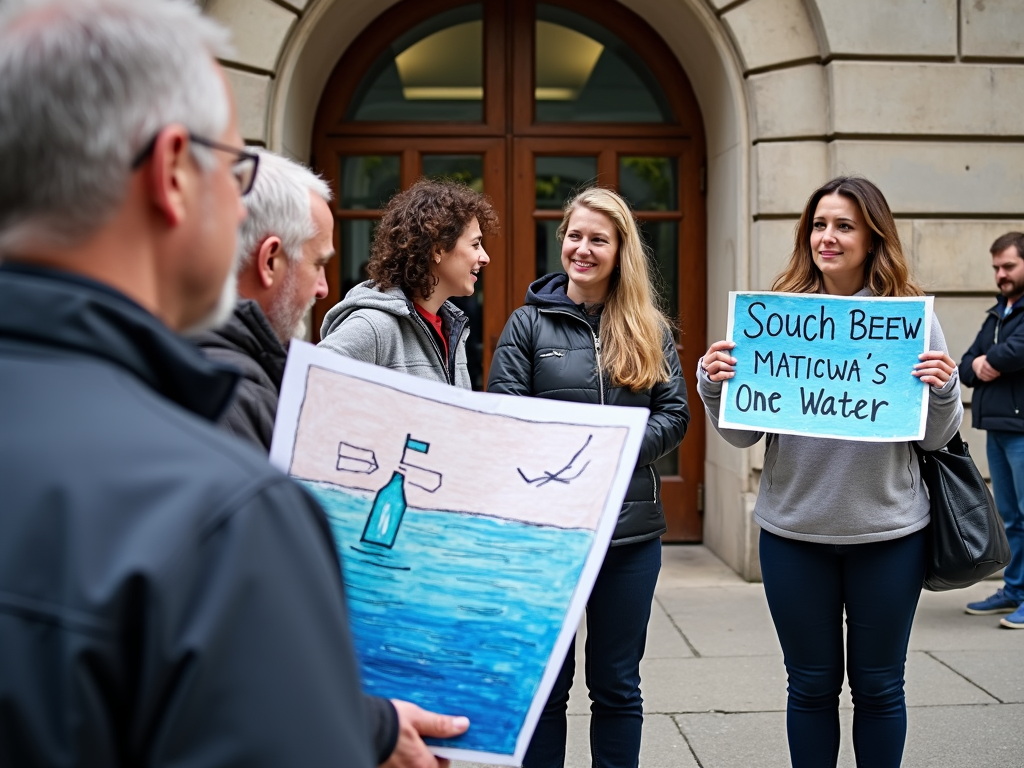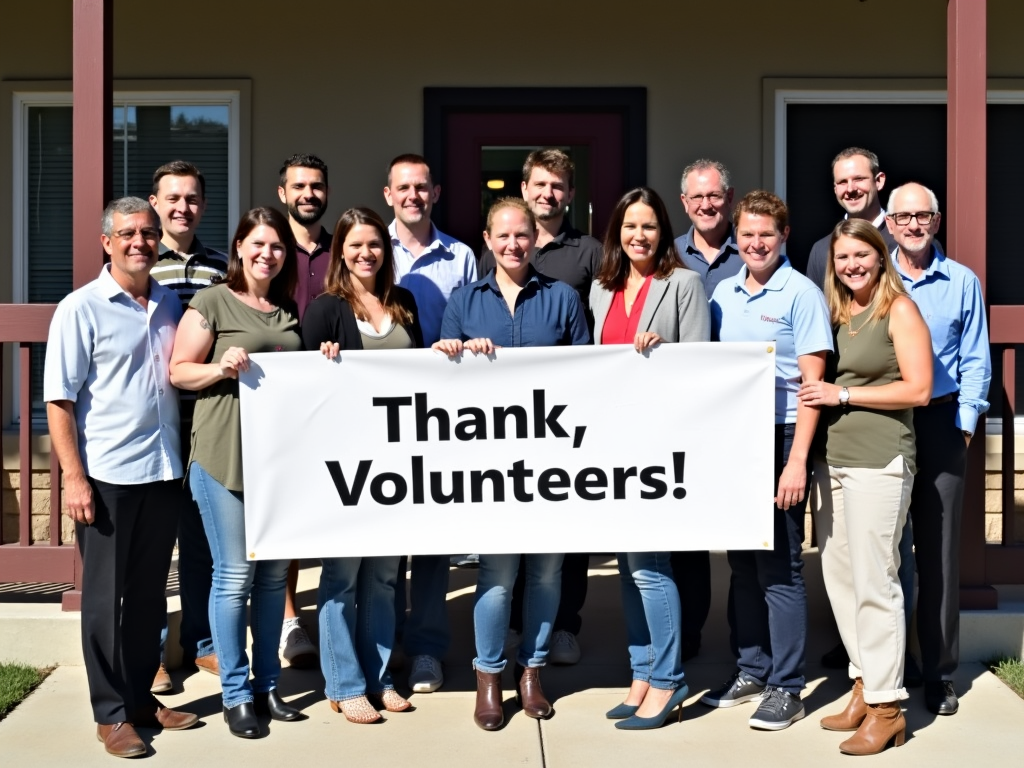Volunteer Management: Best Practices for Nonprofits
By , May 25, 2025
Overview
Volunteers are the heartbeat of many nonprofits. Managing them well can make or break your organization’s success. This article covers Volunteer Management: Best Practices for Nonprofits, the power of advocacy, and how online volunteering can expand your reach. Let’s dive into actionable steps to build a strong volunteer program.

Volunteer Management Best Practices
Running a nonprofit taught me one thing: volunteers need clear direction and support to shine. Here’s how to make it happen.
Recruitment
Finding the right volunteers starts with knowing what you need. I once struggled to fill roles until I got specific. Now, I swear by these steps:
- Spell Out the Role: Write down exactly what each volunteer will do. Are they greeting guests or sorting donations? Clarity attracts the right people.
- Spread the Word Wide: Post on social media, local forums, and sites like VolunteerMatch. More eyes mean more hands.
- Make It Personal: Talk to people about why your cause matters. I’ve found that a quick chat beats a generic ad every time.
Training
Training isn’t just a one-off—it’s how you set volunteers up to win. I learned this the hard way when a new volunteer floundered without guidance. Try this:
- Start with the Basics: Show them your mission and how they fit in. A simple welcome packet works wonders.
- Teach the Skills: If they’re running an event, walk them through it. Hands-on practice sticks better than lectures.
- Keep It Going: Offer workshops or quick tips over time. Volunteers stay longer when they feel they’re growing.

Retention
Keeping volunteers is about making them feel valued. I’ve seen too many good people leave because they felt ignored. Here’s what works:
- Say Thanks Often: A handwritten note or a shoutout at a meeting goes far. I once threw a small party for my team—turnout soared after that.
- Build a Team Vibe: Host a potluck or game night. People stick around when they make friends.
- Ask What They Think: I send a quick survey every few months. Fixing small issues keeps everyone happy.
The Benefits of Advocacy Work and How to Get Started
Advocacy isn’t just noise—it’s power. When my nonprofit started pushing for local policy changes, our impact doubled. Here’s why it matters and how to jump in.
Why It’s Worth It
- Bigger Reach: Advocacy gets your cause in front of lawmakers and the public. It’s like a megaphone for your mission.
- Fires Up Volunteers: People love fighting for something they believe in. It’s a chance to do more than stuff envelopes.
- Stronger Ties: Partnering with other groups builds a network. We teamed up with a local charity and gained new supporters overnight.

How to Start
Getting into advocacy feels big, but it’s manageable. Here’s a simple plan:
- Pick Your Fight: Focus on one issue tied to your mission—like funding for community programs.
- Map It Out: Set a goal (say, 100 petition signatures) and choose tactics (like emails to officials).
- Get Volunteers Onboard: Train them to spread the word. I had a team of five call local leaders—it worked!
Check out Change.org for petition tips—it’s a great starting point.
Online Advocacy Volunteering Options
Not every volunteer can show up in person, but online options open doors. During the pandemic, my team went digital and never looked back. Here’s what you can do:
- Run Social Media: Volunteers can post updates or start hashtags. One campaign we did got 500 shares in a week.
- Push Petitions: They can email supporters to sign online petitions. It’s low effort, high reward.
- Join Virtual Talks: Have them Zoom with decision-makers. We once got a council member’s ear this way.

A Quick Comparison
Here’s a table to see what fits your volunteers:
| Task | Time Needed | Skills Required |
|---|---|---|
| Social Media Posts | 1-2 hours | Basic tech, writing |
| Email Petitions | 2-3 hours | Email, organization |
| Virtual Lobbying | 3-5 hours | Speaking, confidence |
Mix and match based on who’s available. It keeps everyone engaged.
Summary
Great volunteer management turns a nonprofit into a powerhouse. Recruitment, training, and retention build a solid team, while advocacy—especially online—takes your mission further. I’ve seen these steps transform my organization, and they can work for you too. Want more? Check out the recommended readings below for deeper dives.
